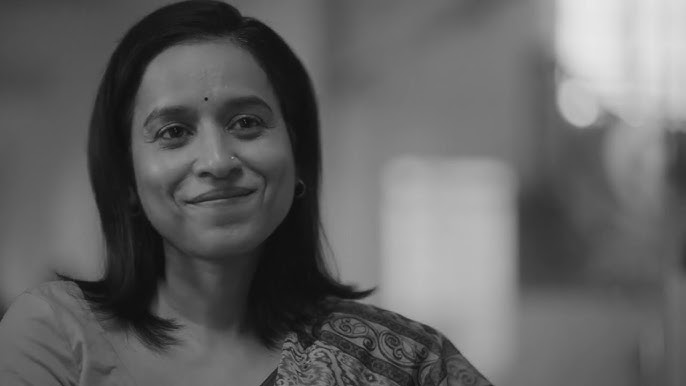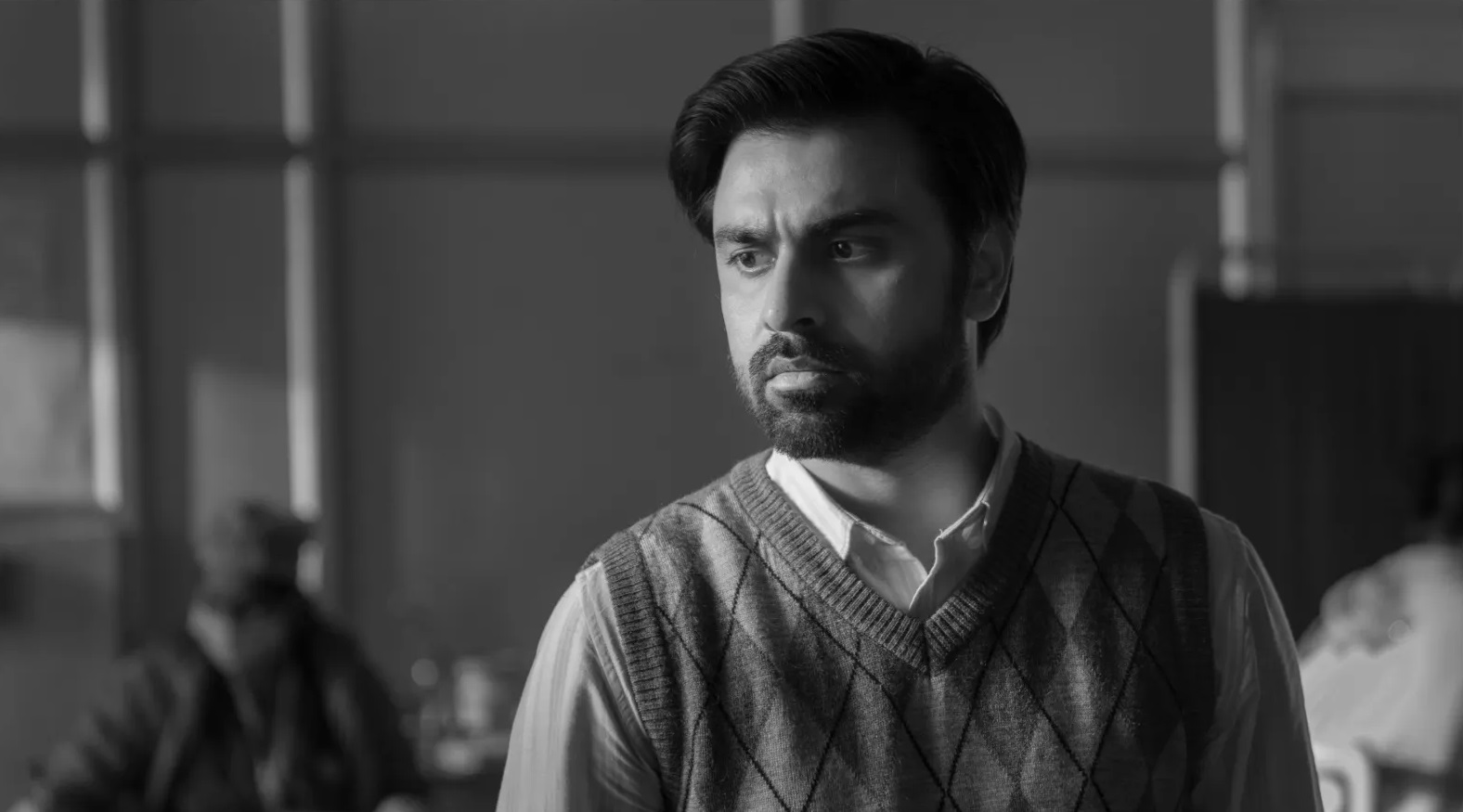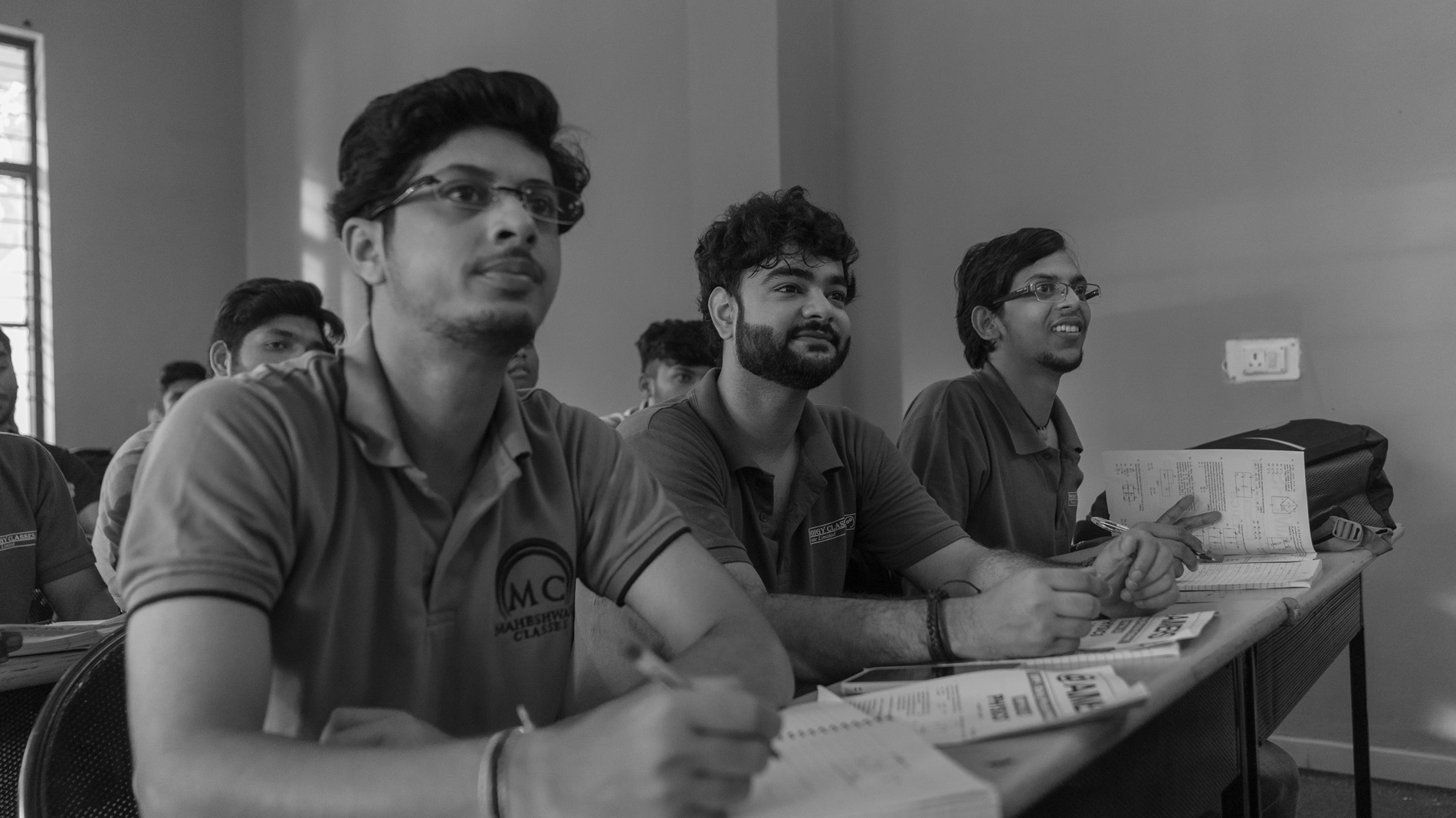Kota Factory has always been a show that hits close to home. Its portrayal of the trials and tribulations of students preparing for the IIT-JEE is something many of us can relate to. As someone who has navigated the competitive exam landscape in Bangladesh, the third season of Kota Factory resonated deeply with me. It’s a stark reminder of the intense pressure, emotional turmoil, and mental health challenges that come with this journey.
Returning to the monochromatic world of Kota Factory for its third season felt like a homecoming of sorts. The familiar faces of Vaibhav, Meena, Uday, Vartika, and Shivangi, along with the indomitable Jeetu Bhaiya, brought back memories of my own struggles with coaching classes and competitive exams. The series continues to be a poignant reflection of the relentless grind and high stakes that define the educational landscape in both India and Bangladesh.
The Dilemma of Competitive Exams
Balancing the demands of school board exams with competitive entrance tests is no small feat. Vaibhav’s almost Kartik Aaryan-style rant about this impossible balancing act struck a chord with me. The constant pressure to excel in both arenas left little room for anything else.
I remember the financial burden of coaching classes for subjects like math and chemistry, which often amounted to 10,000 to 20,000 taka. This strain wasn’t just financial—it was physical and emotional as well. The relentless cycle of coaching left me exhausted and demotivated, much like the students in Kota Factory.
The Harsh Realities of Coaching
Coaching in Bangladesh, much like in Kota, is a pervasive and demanding aspect of student life. Despite being an English medium student, I found myself caught in the relentless cycle of coaching classes. The financial burden was immense, but it was the physical and mental strain that took the greatest toll. The pressure to attend coaching classes daily, combined with the high expectations from parents and society, left me demotivated and with little time for actual learning. This pressure is a shared experience among many students, and Kota Factory captures this reality with poignant accuracy.
Pooja Didi: A Fresh Perspective

This season introduces Pooja Didi, a chemistry teacher played by Tillotama Shome. Her character brings a fresh perspective to the narrative. Pooja Didi represents the disillusionment with an education system that prioritizes results over holistic development. Her interactions with students and colleagues offer a much-needed critique of the commercialized education industry, highlighting the emotional and mental toll it takes on both students and educators. Her reluctance to immerse herself in the “factory” of Kota adds a new layer to the narrative, reflecting a growing awareness of the need for change in the educational landscape.
Jeetu Bhaiya’s Struggles
One of the most compelling arcs this season is that of Jeetu Bhaiya. Jitendra Kumar’s portrayal of a mentor struggling with guilt and depression after one of his students’ suicide is both heartbreaking and powerful. This season, we see Jeetu Bhaiya grappling with his attachment issues and questioning his role in his students’ lives. His transformation, though a bit jarring, adds depth to his character and raises important questions about the pressures faced by educators.

Jeetu Bhaiya’s sessions with a therapist, his emotional outbursts, and his internal conflicts are portrayed with raw authenticity. His struggles highlight the unrealistic expectations placed on educators and the toll these expectations can take. Watching Jeetu Bhaiya in such a vulnerable state is painful, but it’s also a necessary exploration of the darker side of mentorship in a hyper-competitive environment.
The Unchanging Challenges of Kota
Despite these new dimensions, the core of Kota Factory remains the same. The relentless pursuit of IIT-JEE success continues to dominate the narrative. The final episode’s title, “Product Delivery,” underscores the factory-like nature of Kota’s education system, where students are often reduced to mere products.
The show’s depiction of the pressures faced by students in Kota is a stark reminder of the harsh realities of competitive exam preparation. The fear of failure looms large, and the immense pressure to succeed can be overwhelming. In both India and Bangladesh, the competition for public university admissions is intense. This immense pressure to succeed can push students to their limits, often leading to devastating consequences.
The Pressure of Public University Admissions
The pressure of public university admissions in both India and Bangladesh is immense. In Bangladesh, the competition is fierce, with hundreds of thousands of students vying for only a few thousand seats in prestigious public universities.
This intense competition creates a high-pressure environment where students are constantly striving to outperform their peers. The fear of failure looms large, and the consequences of not securing a seat can be devastating. The show doesn’t shy away from depicting the severe mental and emotional strain this pressure causes. In real life, failure to secure a seat can lead to depression, and in the worst cases, suicides.
The show’s portrayal of a student’s suicide and its impact on Jeetu Bhaiya is a stark reminder of this harsh reality.
The Importance of Mental Health
Kota Factory deserves credit for addressing mental health more directly this season. The pressures faced by students are immense, and the show does not shy away from showing the toll this takes on their well-being. Vaibhav and his friends grapple with frustration, fear, self-doubt, and helplessness, and the smallest triggers elicit intense emotional responses. The show’s portrayal of these struggles is both realistic and poignant, offering a window into the harsh realities faced by millions of students each year.
The emphasis on mental health in this season is a significant step forward. Jeetu Bhaiya’s sessions with a therapist, his emotional breakdowns, and his journey towards healing are portrayed with raw authenticity. These scenes shed light on the importance of mental health support for both students and educators, highlighting the need for a more compassionate and understanding approach to education.
Celebrating Resilience

One of the positive aspects of this season is its celebration of resilience. The show removes the stigma attached to being a ‘repeater,’ encouraging students to persevere despite setbacks. This message is empowering and provides hope to those who may not succeed on their first attempt. However, the series could have gone further in emphasizing that not getting into IIT is not the end of the world. There are numerous paths to success, and this broader perspective would have added valuable nuance to the narrative.
The resilience of the characters in Kota Factory is inspiring. Vaibhav, Meena, Uday, Vartika, and Shivangi each face their own unique challenges, but they all demonstrate a remarkable determination to succeed. Their journeys highlight the importance of perseverance and the power of resilience in the face of adversity.
The Impact on Educators
Another significant theme this season is the impact of toxic, commercialized education on teachers. The show delves into the dilemmas faced by educators, from feeling guilty and helpless to choosing between being good teachers and business personnel. This focus on the teachers’ struggles is a welcome addition, providing a more holistic view of the education system in Kota.
Jeetu Bhaiya’s struggle with guilt and depression is a powerful reminder of the immense pressure placed on educators. His sessions with a therapist, his emotional breakdowns, and his journey towards healing highlight the need for mental health support for teachers. The show’s portrayal of these struggles is both realistic and empathetic, offering a nuanced perspective on the challenges faced by educators in a hyper-competitive environment.
Visual Aesthetics
Kota Factory retains its signature black-and-white cinematography, which continues to be a powerful storytelling tool. The calculated frames, symmetrical prop placements, and visual metaphors add depth to the narrative, making each scene feel like a meticulously arranged piece of art. The show’s visual style, maintained by cinematographer Shreedutta Namjoshi, remains one of its strongest aspects.
The monochromatic palette of Kota Factory serves as a metaphor for the stark, often binary world of competitive exam preparation. The visual aesthetics of the show are a powerful reminder of the intense pressure and high stakes that define this journey. The calculated frames and symmetrical prop placements create a sense of order and precision, reflecting the meticulous nature of the students’ preparation.
Shifts in Tone
However, there is a noticeable shift in the overall tone of the show. While previous seasons had moments of light-heartedness and humor, this season feels more somber and reflective. The gloominess often overshadows the comic relief provided by characters like Uday and Meena. This tonal shift makes me wonder if TVF, the production house, is moving away from its feel-good style to embrace more complex and darker themes.
The shift in tone is evident in the way the show handles sensitive topics such as mental health and suicide. The emphasis on these issues adds depth to the narrative, but it also creates a more somber and reflective atmosphere. While this shift may be jarring for some viewers, it is a necessary exploration of the darker side of competitive exam preparation.
Highlighting the Flaws
Although Kota Factory Season 3 excels in various aspects, it still has some shortcomings. One of the most significant issues is the repetition of themes and narrative arcs from previous seasons. The series often feels trapped in its own premise, reiterating the same struggles and challenges without offering much new insight. The depiction of Kota as a factory churning out IIT aspirants, while accurate, becomes redundant over time.
Another flaw is the show’s occasional glorification of the very rat race it seeks to critique. Despite its intention to highlight the pressures and mental health challenges faced by students, Kota Factory sometimes falls into the trap of celebrating the relentless pursuit of IIT-JEE success.
This is particularly evident in the final episode, titled “Product Delivery,” which underscores the factory-like nature of Kota’s education system.
The pacing of the season also suffers at times, with certain episodes feeling drawn out and repetitive. The show’s focus on sensitive topics like mental health and suicide is commendable, but it often comes at the expense of the humor and light-hearted moments that made the previous seasons so engaging. This shift in tone, while necessary for addressing serious issues, can feel heavy-handed and detract from the overall viewing experience.
The portrayal of Jeetu Bhaiya’s transformation, though powerful, also raises questions about the character’s consistency. His sudden shift from a confident, inspirational mentor to a guilt-ridden, depressed figure can feel jarring and overdone.
While this arc adds depth to his character, it sometimes feels out of alignment with the core tone of the show.
Final Thoughts
The third season of Kota Factory is a compelling yet complex addition to the series. It brings to light the psychological and emotional struggles of both students and teachers, providing a more nuanced critique of Kota’s education system. While the show retains its dramatic aesthetic appeal and introduces new, engaging characters, it sometimes feels repetitive and trapped in its own premise.
Watching Vaibhav, Meena, Uday, Vartika, and Shivangi navigate their final year of preparation is both heartwarming and heart-wrenching. Their journey is a mirror to the experiences of countless students across India and Bangladesh, and Kota Factory continues to be an important narrative in sparking essential conversations about education, mental health, and the true meaning of success.
As I reflect on this season, I am reminded that the journey to success is often filled with shades of grey. While Kota Factory shines a light on the harsh realities of competitive exam preparation, it also offers a glimmer of hope and resilience, reminding us that there is more to life than just the IIT-JEE. The show’s portrayal of the pressures and challenges faced by students is both realistic and empathetic, offering a nuanced perspective on the journey to academic excellence.
Despite its flaws, Kota Factory Season 3 remains a powerful and important series. It highlights the need for a more compassionate and holistic approach to education, one that values the mental health and well-being of students and educators alike. As we continue to navigate the competitive landscape of education, Kota Factory serves as a poignant reminder of the importance of resilience, empathy, and the pursuit of balance in our lives.






